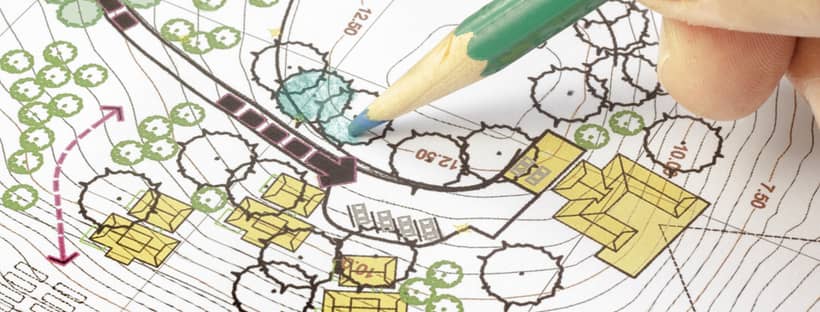Best Landscaping Tips For Your Long Beach Rental
Dustin Edwards • February 19, 2021
The Right Landscaping Enhances Value and Keeps Tenants Happy

Landscaping isn’t often one of the aspects about a rental property that is given a large amount of thought. After all when people think of value (whether that be for purchase, sale, or rental) generally the focus is on key aspects such as location, number of bedrooms, number of bathrooms and the square footage but we all know there is more to a property than just those aspects.
To keep tenants happy and attract the next tenant to your rental property in Long Beach we invite you to consider making landscaping a key consideration. A well designed landscaping plan for your rental property can help you to earn top rental rates and keep tenants happy because they can see you truly care about providing a well-rounded environment to live. To help you have the best landscaping for your Long Beach rental
consider the following tips.
Online Landscape Design
If you are looking at the front and rear yard of your property and aren’t quite sure where to start...never fear the internet can help you with ideas. Instead of looking endlessly at pictures or just buying plants and hoping it works, consider getting a design plan that is customized to your property from Shrubhub. Shrubhub can create a landscaping design plan for less than $100 giving you what you need to create a winning layout for your rental that is sure to please for years to come.
Water Wise Landscape for Your Rental
With a dominantly medeterranean climate type in Southern California we don’t have the natural rainfall that supports lush landscaping. While it is certainly an option to put in a robust sprinkler system (think of a combination of drip system and traditional sprinklers) you might want to consider a more water friendly landscaping plan for your Long Beach rental. Remember part of attracting and maintaining tenants is ensuring they can have an enjoyable place to live without passing on costs where they don’t get the full enjoyment. A landscaping plan that requires too much water could result in the following:
- Tenants having too high of a water bill and looking for a new place to rent
- Tenants not watering appropriately resulting in poor plant health and wasting the investment in the landscaping
As you develop your landscape design for your rental take into consideration plants and features that provide a striking appearance yet use minimal water to create a balanced approach that tenants will enjoy.
Consider Artificial Turf
Artificial turf has become more popular to install in properties due to prices falling over the years, technology of turf improving, and the benefit from not needing water. For many yards this certainly can be a match as it can have a lifespan of 10-15 years providing you and your tenant with a feature that they can enjoy for a long period of time.
Now, before you rush out and have it installed at your property there are some negatives to having artificial turf. One of the biggest drawbacks is it can get quite hot in the sun. In Long Beach heat isn’t as big of a challenge, when compared with locations such as the Valley, but this is an item to make sure tenants are aware of as the heat could pose a challenge. Another drawback is in regards to pets. When pets use the bathroom on the artificial turf it can take a bit more cleaning to keep the smell away. If you allow pets in your rental this may not be the best match.
Lighting Features to Create the Best Landscape Design
The plant selections may get to be the true heroes of your landscaping; however, well placed lighting can create that curb appeal even when the sun goes down. With just a few online searches, or a visit to Home Depot you will quickly discover a number of solar LED light choices that you could install at your rental to highlight elements of your landscape design. With solar you won’t have to worry about a power source and your tenant won’t be impacted by even a low voltage system allowing them to enjoy the design without increasing their costs.
Finding the right balance of landscaping design to attract the best possible tenants can be a challenge. If you’d like guidance on how much landscaping to do for your Long Beach rental call us today at (562) 888-0247 as we’d be happy to help. When you want a quick check to see how much your property could fetch in rent we invite you to fill out our Free Rental Analysis
where we perform a comprehensive comparison to share your rental stacks up to the competition.





